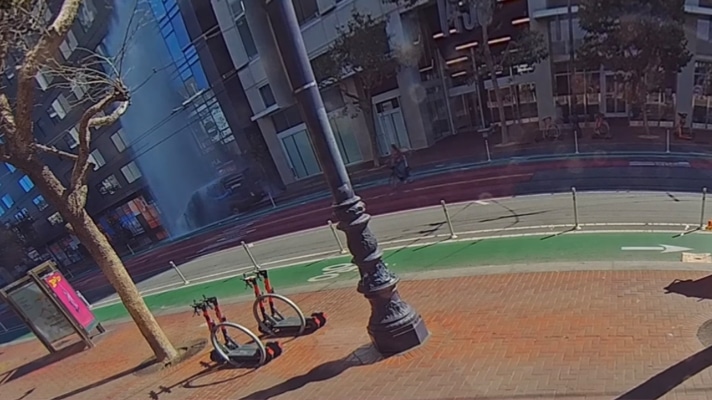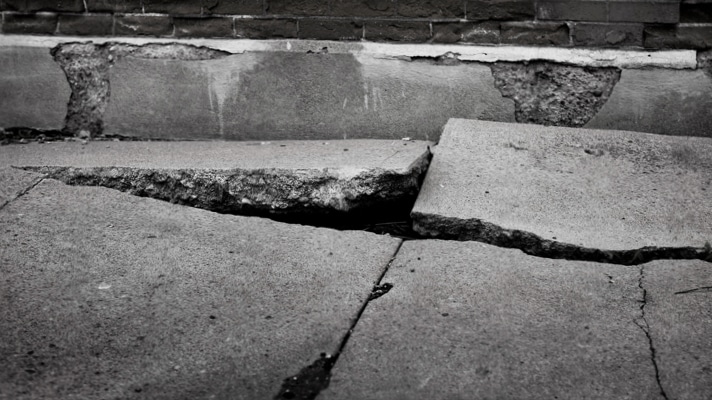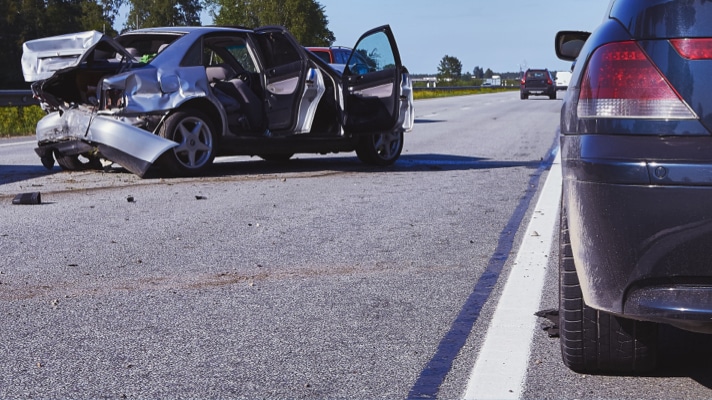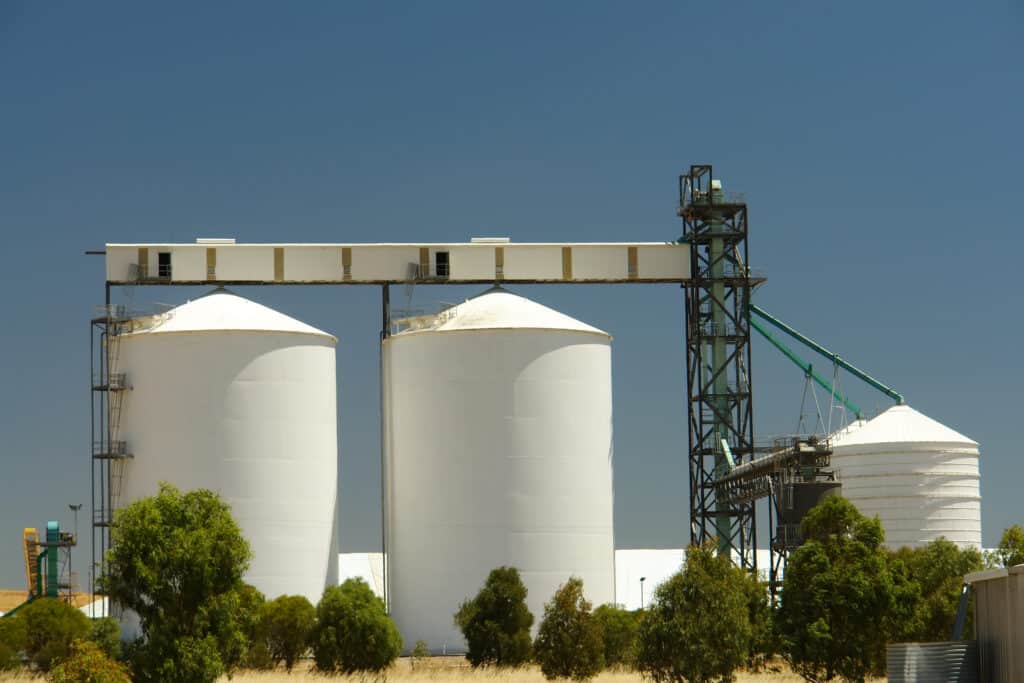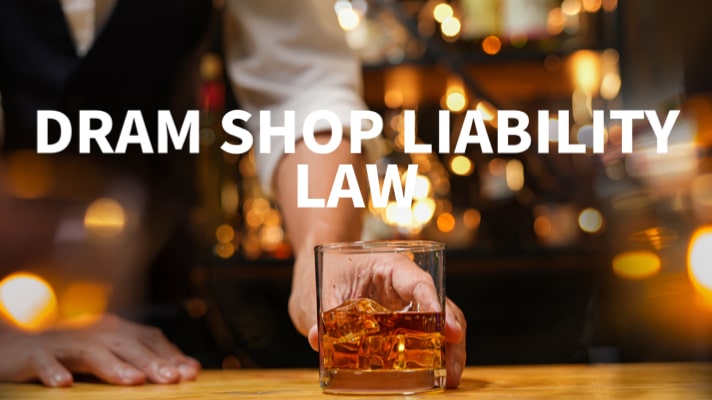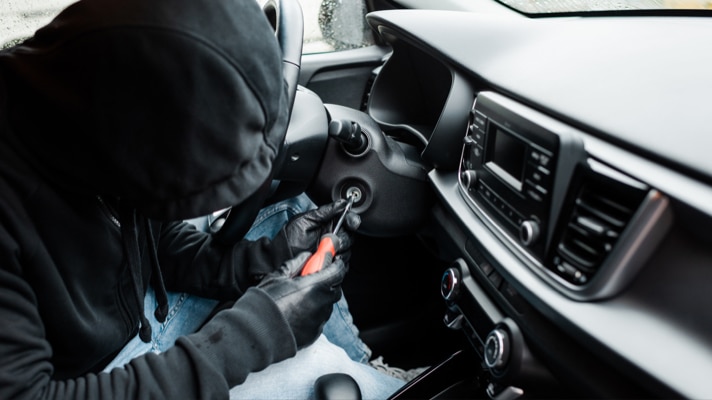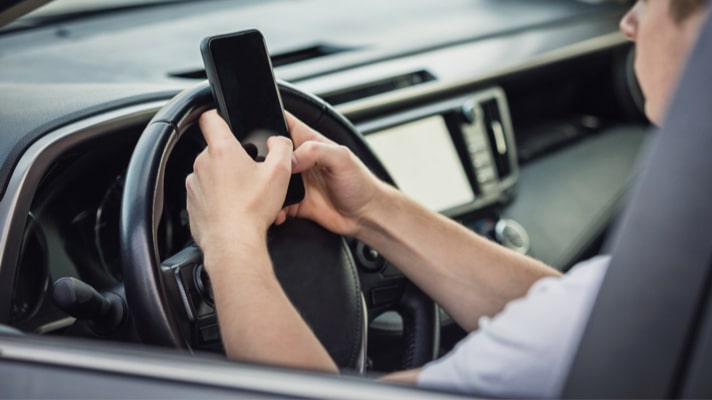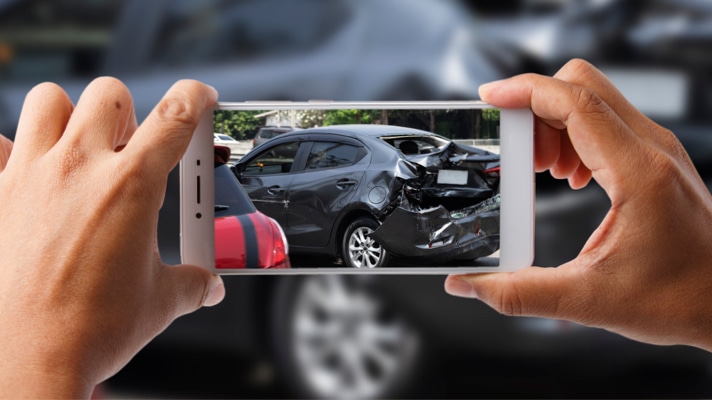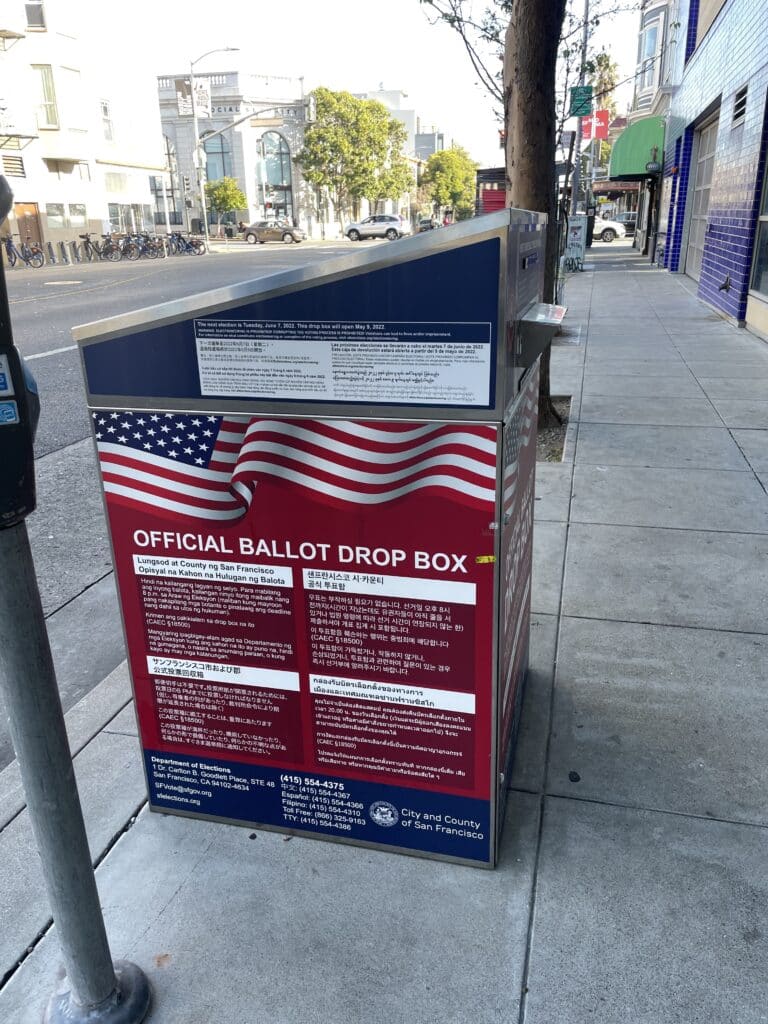Amazon Driver Hits San Francisco Fire Hydrant, Flees the Scene: What Laws Were Violated?
This Amazon driver double parked on a San Francisco sidewalk, and when the driver went to leave they failed to look where they were driving, and then hit a San Francisco fire hydrant. This occured on October 18, 2024 on Market Street at 9th in San Francisco, California. Instead of taking responsibility for their actions, such […]
Amazon Driver Hits San Francisco Fire Hydrant, Flees the Scene: What Laws Were Violated? Read More »

